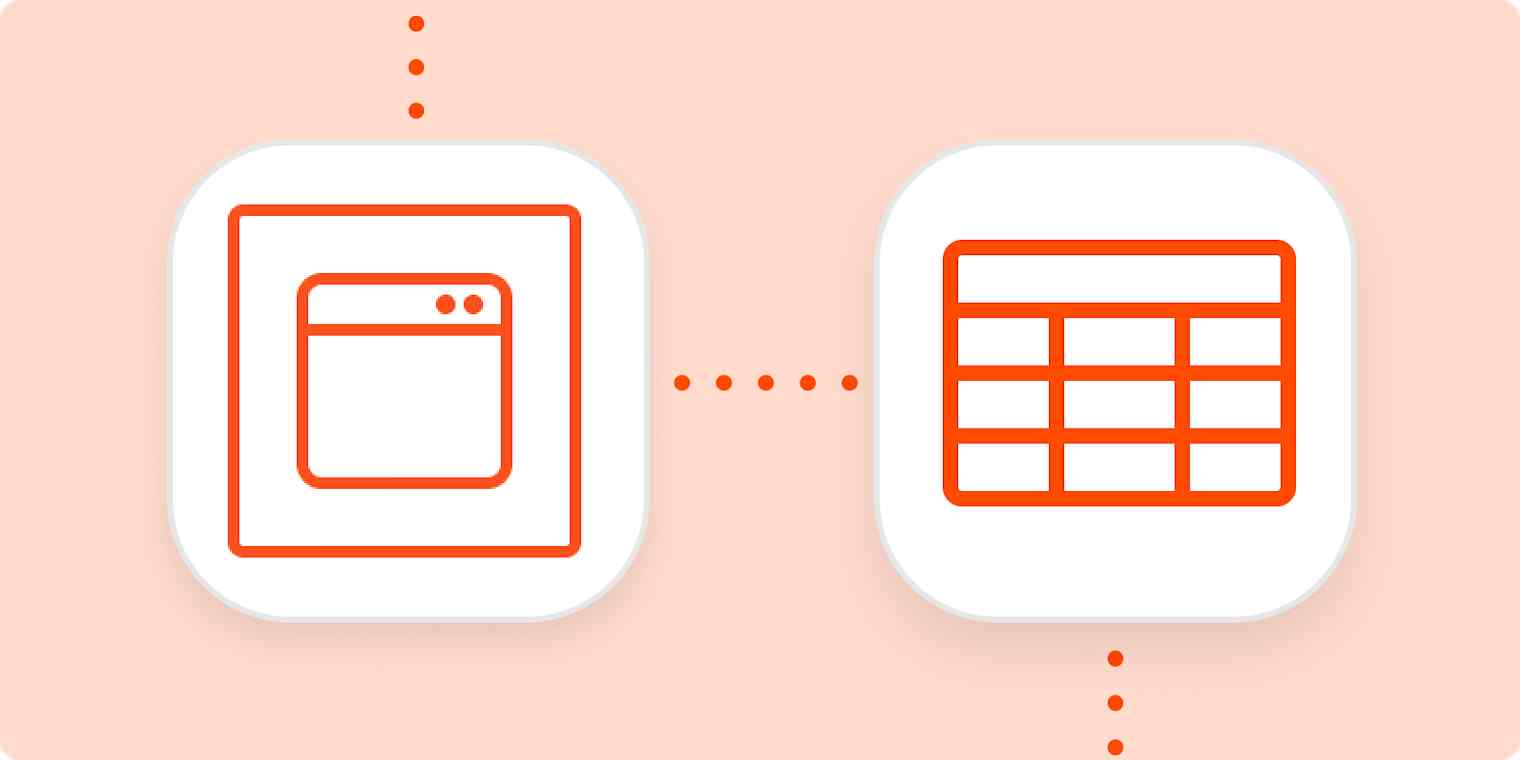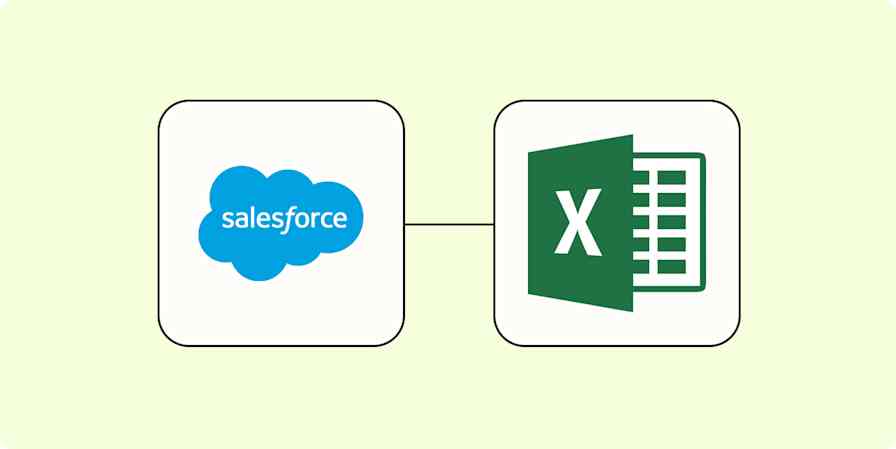Zapier tutorials
2 min readHow to automatically log information from websites
The Zapier Chrome Extension lets you send information from websites to other apps with the click of a button.
By Krystina Martinez · September 10, 2021

Get productivity tips delivered straight to your inbox
We’ll email you 1-3 times per week—and never share your information.
Related articles
Improve your productivity automatically. Use Zapier to get your apps working together.






